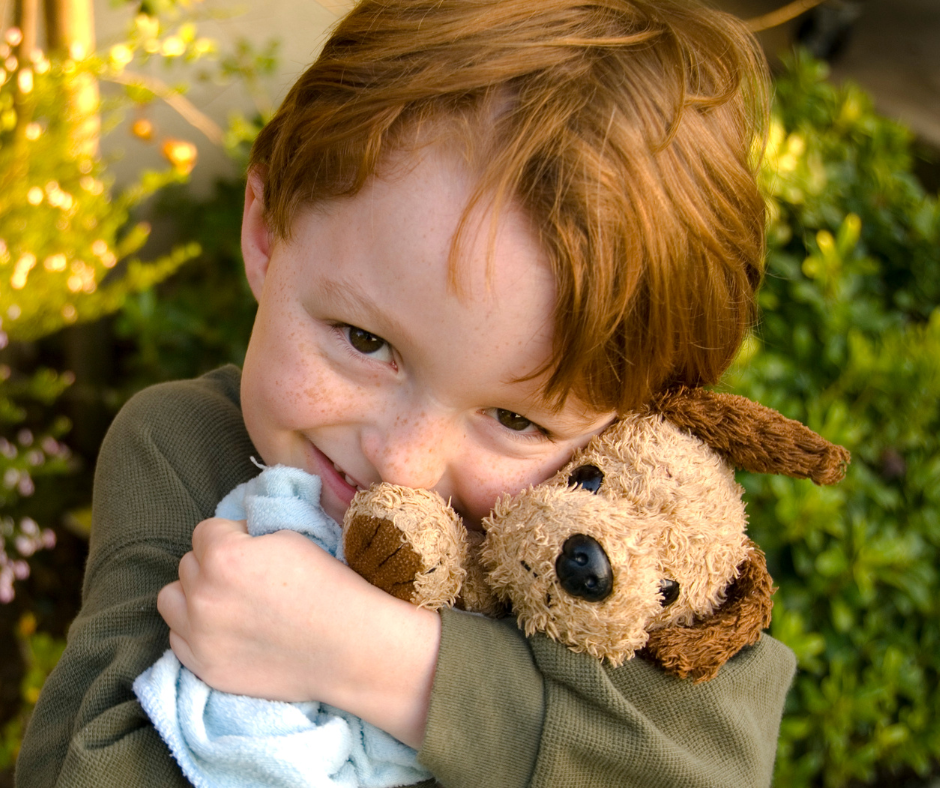The Comfort of Transitional Objects: Helping Your Child Feel Secure

As children grow and develop, they experience various emotions and changes that can sometimes feel overwhelming. To navigate these transitions, many children form strong attachments to specific items—like a soft blanket or a stuffed toy—that provide them with a sense of comfort and security. These items, known as transitional objects, play an essential role in helping children move from dependence to independence.
The Role of Transitional Objects
Your child may not necessarily choose a blanket; they may prefer a soft toy, a piece of fabric, or another familiar item. Most children make this choice between eight and twelve months of age, and many continue to rely on their special object for years to come. These objects serve several important purposes:
- Aid in Sleep: When children feel tired, their transitional object helps soothe them into rest.
- Provide Reassurance: Being separated from parents or caregivers can be difficult, but a transitional object provides comfort in their absence.
- Offer Emotional Support: When upset, a familiar item can help calm and reassure a child.
- Ease Anxiety in New Environments: A transitional object can help a child feel more secure when visiting unfamiliar places.
Supporting Your Child’s Use of a Transitional Object
Transitional objects are an entirely normal part of development and should not be discouraged. They provide children with a self-soothing mechanism that fosters emotional resilience. Some helpful ways to support your child’s attachment to their comfort item include:
- Encouraging Their Choice: Let your child select an object that naturally provides them with comfort.
- Building It Into Their Routine: Incorporating the item into bedtime or nap routines can reinforce its soothing benefits.
- Avoiding Sudden Removal: There’s no rush for a child to give up their transitional object. Over time, they will naturally rely on it less as they gain confidence in new coping skills.
Why Having a Duplicate Is Helpful
One of the biggest challenges of a beloved transitional object is the potential for loss or wear. To avoid emotional distress, consider having two identical security objects. Rotating them from an early stage ensures both items feel and smell the same, making it easier for your child to accept both. If the chosen item is a large blanket, you may even be able to cut it into two pieces without your child noticing.
When It’s Time to Wean
Once your child has reached a certain age, it may seem like it’s time to wean them off the object. You’ll know it’s time to start weaning a child from a transitional object when they naturally show less reliance, or when the object interferes with their daily routines or well-being.
Overall, transitional objects should not be a cause for great concern. They can be a valuable part of a child’s emotional development, offering comfort, security, and reassurance during times of change. Instead of viewing these attachments as a weakness, parents and caregivers should embrace their role in helping children build confidence and independence. With patience and support, children will eventually outgrow their need for their special item, carrying with them the sense of security it once provided.
For questions, to book an appointment, or any other concerns, Augusta Pediatrics can be reached at (706) 868-0389. The information on this site is not intended or implied to be a substitute for professional medical advice, diagnosis or treatment. All content, including text, graphics, images and information, contained on or available through this web site is for general information purposes only.

Leave a Reply